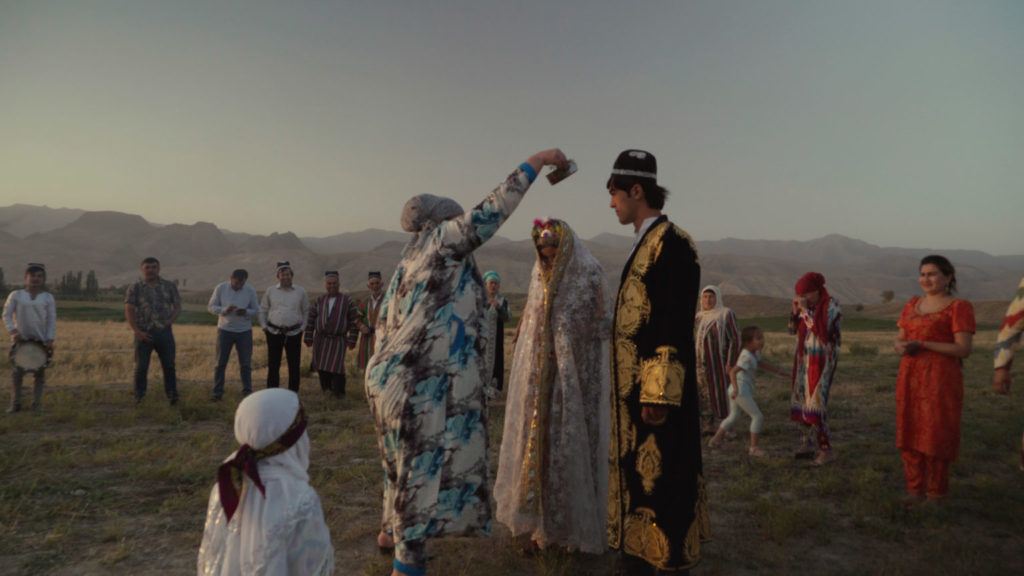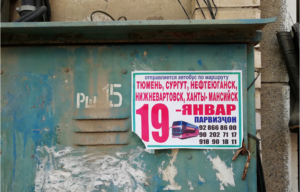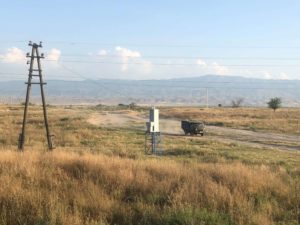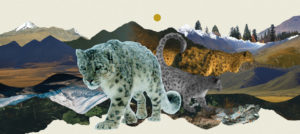With her most recent documentary, Rhythms of Lost Time, Anisa Sabiri proposes a journey across the most remote regions of Tajikistan, home to the last vestiges of an ancient culture. In an exclusive interview, Novastan had the opportunity to discuss the film with its young Tajikistani director. This article was originally published on Novastan’s French website on 28 September 2021.“Someone said that traditions are like a thread of life carried across time, a link to our ancestors, a sort of code of communication between generations past and future.” With this opening sentence, the theme of the film is set. The 45-minute film was directed by Anisa Sabiri, a young director from Tajikistan. Like an ethnographic work, it captures life’s moments in the most remote areas of Tajikistan, “an unknown country with the fading embers of an ancient culture at its core.” The film was completed while the director was studying in London.
The short film is presented in the second Film Festival of the Calvert Journal in an online stream from 18 to 31 October 2021. The festival seeks to explore current issues relating to Europe, the East, and post-Soviet countries through the eyes of independent filmmakers.
In Search of Ancestral Traditions
Tajikistan is rich and complex in culture, with traditional practices going back to the Zoroastrian era. While some practices remain relatively untouched, others have adapted to some extent to the changing requirements of Soviet, Islamic, and capitalist influences. In the film, which emphasizes musical traditions, local experts and inhabitants of the most remote regions of the country talk about their customs. Music is present in all parts of life, from weddings and fire ceremonies to funerals. The life of these ancient people appears to have always been set to musical rhythms, and this documentary allows us to hear what that might have sounded like. https://vimeo.com/embed-redirect/326313281?embedded=true&source=video_title&owner=79782110 In response to a question from Novastan, Anisa Sabiri explains that this film arose out her own experiences. Before becoming a filmmaker, the young director worked as a tour guide for seven years, during which time she visited remote regions of Tajikistan and established links with local people. In this way, she witnessed unique customs and was moved by the deep philosophy of the culture. As a city dweller, Anisa Sabiri is not accustomed to isolated villages, but she fell under the spell of the strong rhythms of this culture, as if they were calling to her. She began to collect and explore ethnographic documents in order to better understand the context and meaning of these practices. Saddened by the danger posed to these traditions, she had the idea to start documenting them, long before picking up her camera.
Unique Practices and an Ethnographic Approach
Shooting took place in 2018 in regions that retained most of the ancient traditions, such as Zarafshan, Fergana Valley, and Badakhshan. In light of the mountainous geography of the area, the journey was not easy, but it was important for the director to “show that the traditional practices persisted, even in Sughd Region,” as Anisa Sabiri explained to Novastan. “Sadly, traditions have disappeared in this region because it is less isolated, and the influences of other cultures and globalization are strong there. So, it’s not that culture differs from one region to another, but rather the way each region reacts to new influences. And as traditional culture is faced with numerous threats, people are reluctant to perform certain traditions,” she lamented. To acquire access to funeral ceremonies in Badakhshan required her to forge trusting relationships with elders in the communities being filmed. “In some cases the success of the shoots depended on the support of the authorities, on communication with the local population, and on personal relationships I had made thanks to my cultural activist predecessors, writer, and tour guide. But, of course, there is always the next step of connecting with individuals and gaining their trust.” The director had to be sincere in her respect for local people and convey her passion for the preservation of their way of life.
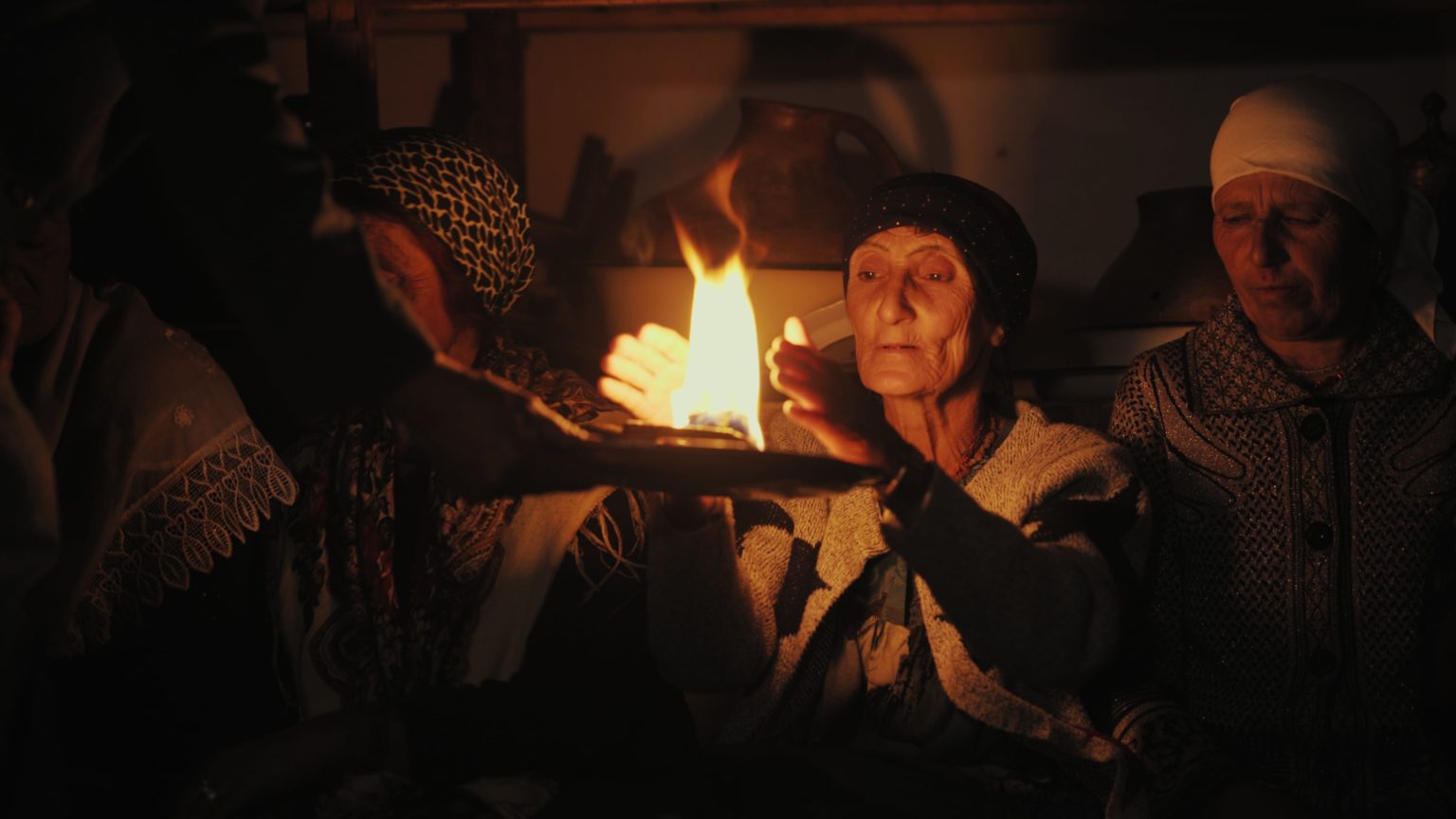
On a journey into forgotten traditions, the director and her team transport viewers to the summits of Tajikistan’s mountains to discover maddo: ritual music played when inhabitants of Badakhshan bury their relatives. Here, villagers dance and sing during funerals, not only during weddings. One highlight of the film shows Panjakent in the western part of the country. Anisa Sabiri describes a very challenging moment to film: “What was most difficult was that the two camera operators were men and we had to film the part of the ceremony restricted to women. But the family allowed us to film, and at first we kept our distance. Later, I think everyone forgot we were there.” The situation probably would have gone differently in more conservative regions of Tajikistan, Anisa Sabiri added. Unique in its genre, this transcendent funeral music is particularly fascinating to British musician Leo Abrahams, who heard a recording of it several years ago. Struck by its unusual beauty, he traveled to Tajikistan to witness the enchanting musical experience for himself.
A Precious Heritage Constrained by a Restrictive Law
This film intends to send a clear message to the world: these traditions are now more threatened than ever. The film’s participants, musicians, and historians agree: “We have lost almost everything; we have lost 90% of our entire heritage,” confirms Gulomcho Safarov, one of the film’s protagonists. While the USSR also played its part in the disappearance of such traditions, today globalization and political–religious pressures are causing the last vestiges of this traditional culture to vanish. Since the end of the civil war in 1997, the local population has had to navigate between the rise of authoritarianism and cultural conservatism.
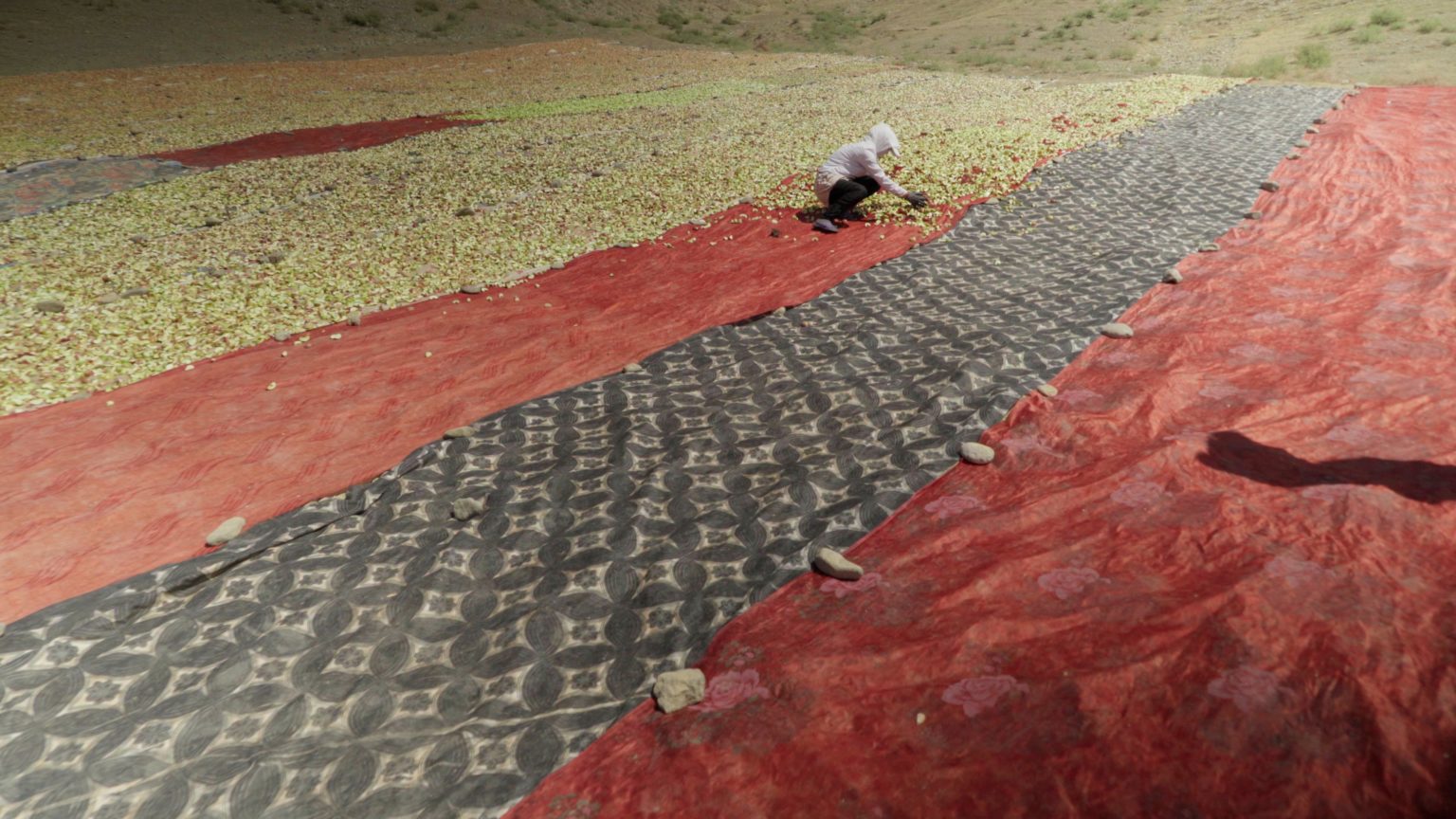
It’s been almost 15 years since Tajikistan’s population has been allowed to weep during funerals or organize a vigil for the deceased, never mind sing or dance. Since 2007, the Tajikistani government has decided what people can and can’t do during key life events and celebrations. The law concerning the regulation of traditions and rituals controls all popular rituals. Even though traditional funeral rites had become less and less common before the law’s adoption, it has played a significant role in their disappearance.
One Perspective on Tajikistan’s History
Anisa Sabiri was born in Tajikistan’s capital of Dushanbe in 1991, the same year an independent Tajikistan was created after the break-up of the USSR. This gives her a unique vision and approach to the history of her native country, motivating her to capture these endangered traditions that might not be transmitted to the next generation. As a young award-winning author, cultural activist, and photographer, she could not simply remain indifferent to history. The film’s premiere was held in the Tajikistani capital last May, according to Tajik media outlet Asia-Plus. The location was selected by the director due to the film’s main intention: to highlight traditional culture to the local population. The screening’s result was striking, with many viewers saying they had “the impression of having journeyed to another country,” and “they didn’t know these traditions existed,” according to the director.
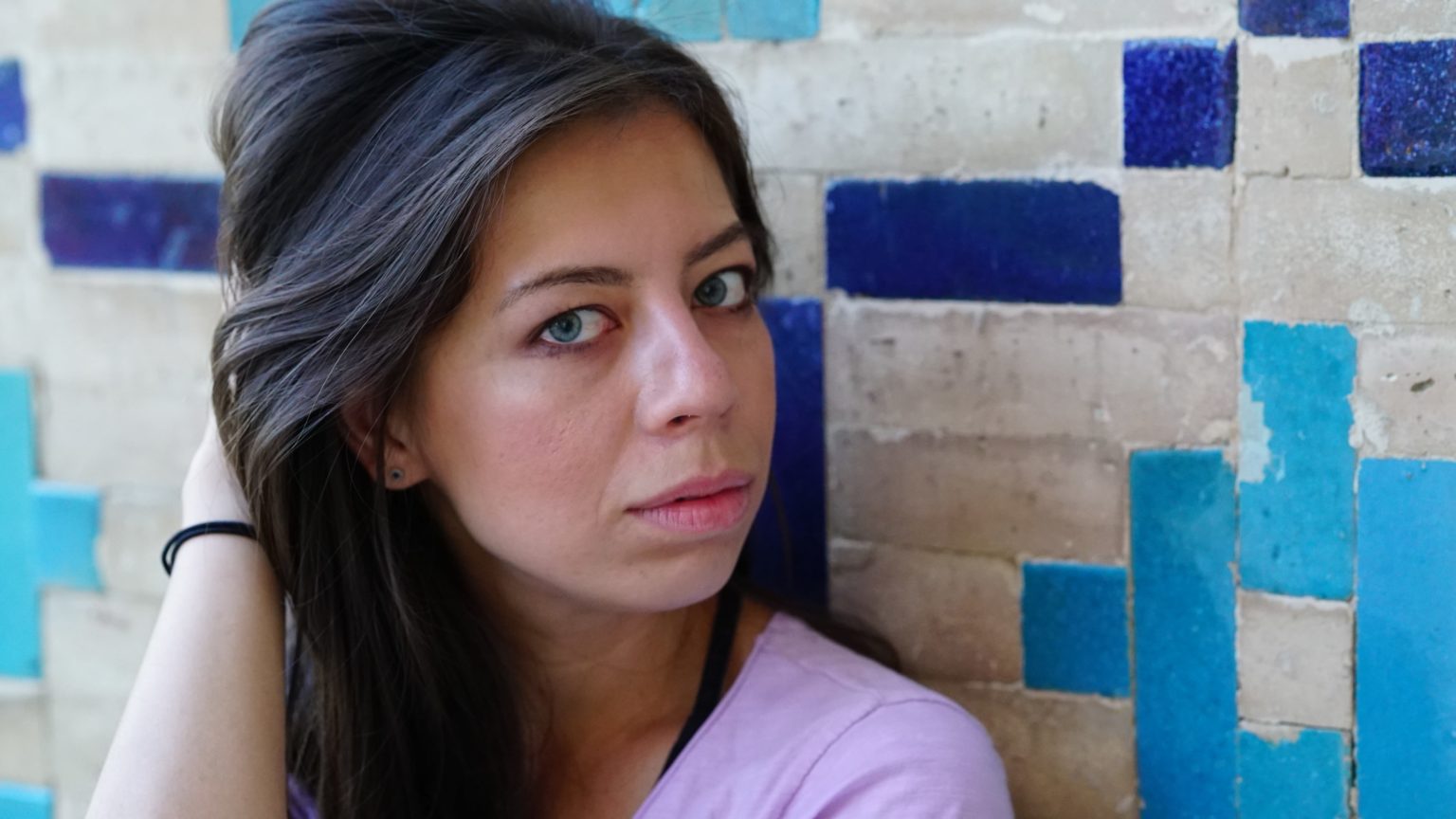
Her previous film, The Crying of Tanbur, is about the civil war that formed the identities of Tajikistanis born since perestroika, or after 1991. In it she introduces the sound of a ritual musical instrument, the tanbur, “which weeps for the traumas of the new generation.” More widely, the work of Anisa Sabiri aims to better grasp Tajikistani identities, and in Rhythms of Lost Time she goes farther back into the past. The director hopes “to explore the progress the Tajikistani people have made up until now to continue the traditions.” For her, “traditions are the mind and body’s means of expressing identity. As we see in the film, our people have had to endure numerous cultural wars, and every one of them has affected our identity.” Speaking on her future projects, Anisa Sabiri would like to continue to make use of the 30 hours of video and audio collected for Rhythms of Lost Time. She is also working on a feature film set during the last days of the dissolution of the Soviet Union which follows the story of a young woman from a village who tries to liberate herself in the city, but encounters hardships because of her origins and the era’s chaos. Anisa Sabiri remains drawn to questions of identity, conflict, and borders: “I find this theme fascinating, close to my heart, and very timely. Given that I am a Tajik post-Soviet child, raised in a completely Russianized family, I myself also feel this inner-conflict.”
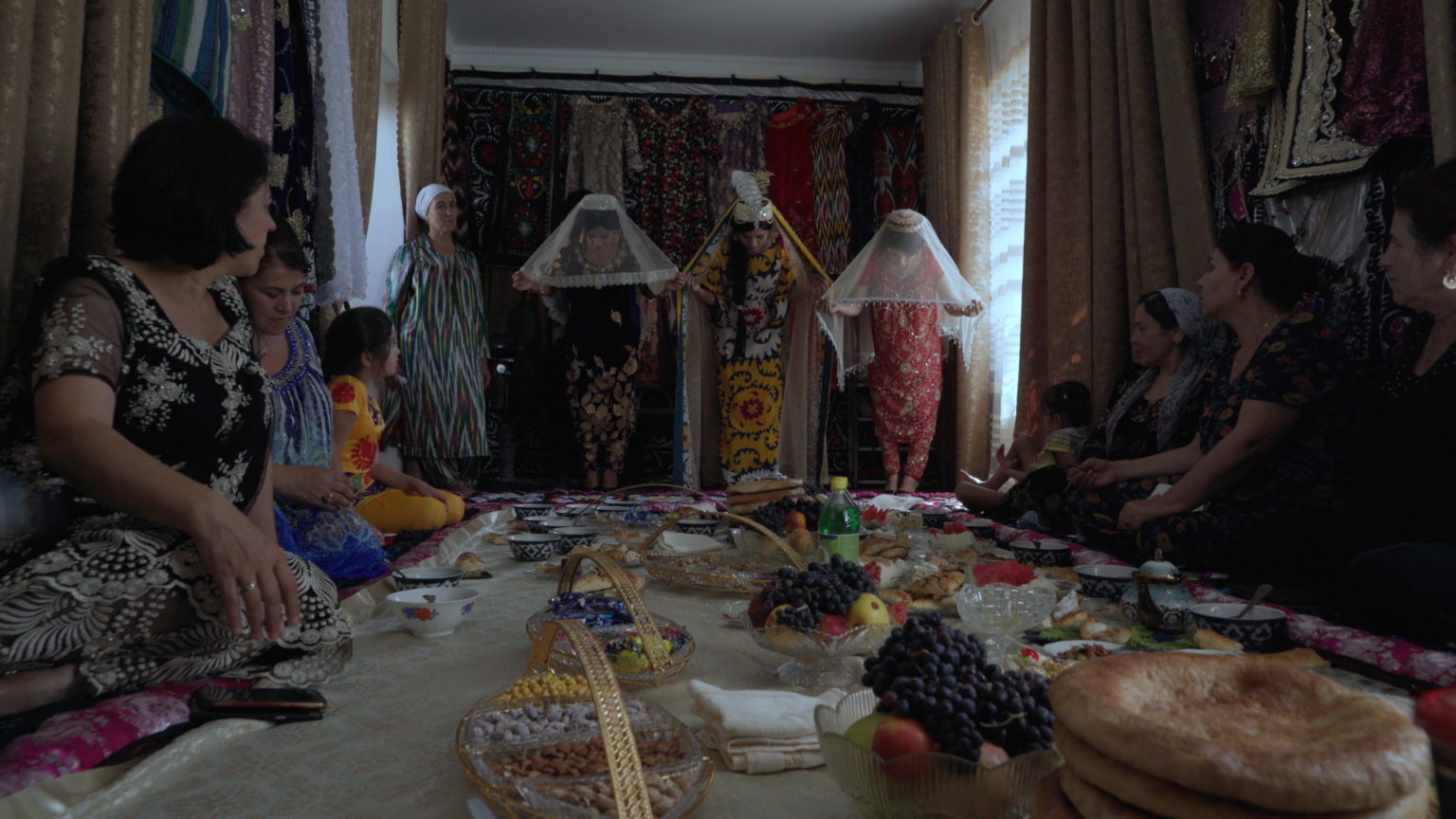
Anisa Sabiri hopes that Rhythms of Lost Time will increase awareness in Tajikistani people and help to create a new model which integrates lost practices into the modern world. One thing is certain: in Tajikistan music and dance have accompanied people in their joy and sorrow throughout centuries. Until a theatrical release in Tajikistan, this documentary is making the rounds in international film festivals such as the Film Festival of the Calvert Journal. It seems, however, that the most meaningful recognition awaits the filmmaker at home, where her fellow Tajikistanis will see the film.
Zoé De Nadaï Writer for Novastan
Translated from French by Judy Harter
Edited by Fiona Katherine Smith
For more news and analysis from Central Asia, follow us on Twitter, Facebook, Telegram, Linkedin or Instagram.
 Looking for Rhythms of Lost Time, in Tajikistan
Looking for Rhythms of Lost Time, in Tajikistan 
